





(Editor's Note: This article was originally published on July 8, 2008. Your comments are welcome, but please be aware that authors of previously published articles may not be able to promptly respond to new questions or comments.)
Alyssum (Lobularia)
These small clusters of flowers bloom in white or purple. They are low, compact plants that are wonderful growing under many plants and falling over the edges of pathways and pots with a graceful touch. This plant will put on a second flush of blooms if, after the first full flush, you cut back the plants before they set seed. Thank you to ampy for the image.
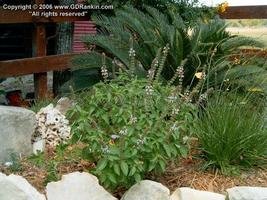
Basil (Ocimum)
Why grow basil in the flower garden? The colors and smells can be intoxicating in the flower garden. The leaves can play off many colors and it can be used in cooking as well as garden fun. Once the plants bloom they might not keep growing depending on the variety, but the seed heads are showy also and left in my garden for winter interest. Thank you to GD_Rankin for the image.
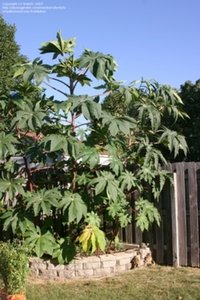
Castor Bean (Ricinus)
This is the annual to add to the garden if you want tall and bold tropical flare in the garden. The wide leafed plants will keep growing if you pinch out the buds. Be careful to leave at least one bunch of flowers to gather seed for next year. In frost free areas they can grow into a wonderful tree-like shrub in the garden. Castor bean is a classic plant with red, pink, and green tones. Thank you to bretz5 for the image.
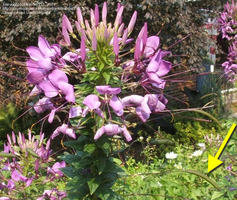
Cleome
Dramatic plants with a bright airy feel, these queens of the flower garden will self-seed year after year if they are left to their own. The flowers look like cats whiskers or giant spiders. The long seedpods are great for their contrast in the garden. They don't like to be moved, so plant the seed in the spot you want the plant. Thank you to lsander153 for the image.
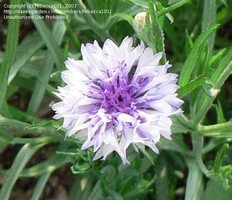 Cornflower (Centaurea)
Cornflower (Centaurea)
Cornflower is a classic in the garden and is available in both tall and mini forms. With green to gray leaves and a love of the summer heat, this is a great plant for the summer garden. The classic blue flowers are wonderful and can be fun plants to let kids help you plant in the garden. Thank you to rebecca101 for the image.
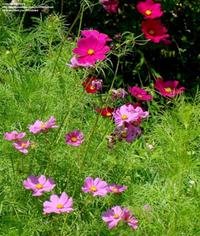 Cosmos
Cosmos
This wild, self-sowing plant will grow and grow and grow in the garden. These flowers grow on stems that hold the flowers high above the rest of the flowers in the garden. They are wonderful to add to cut flower arrangements. Taller types might need stalking if you don't plant them in the back of the garden. Thank you to trios for the image.
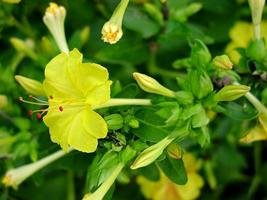 Four O'clock (Mirabiis)
Four O'clock (Mirabiis)
This will come back in some areas of the country and is an annual in others, so plan ahead and check to see if they might be able to come back in your garden. This plant is very old in American gardens, and a classic that is often spread to the wild. The dense dark green leaves are crowned with wonderful bright flowers that open in the late afternoon and stay open for the night. Thank you to htop for the image.
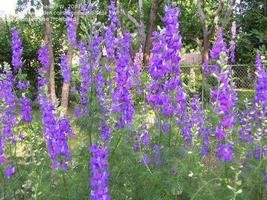 Larkspur (Consolida)
Larkspur (Consolida)
Larkspur has wonderful blue, purple, and white flower spikes that crown the garden in early spring. The double or single blooms have a wonderful feeling of tall towers in the garden. The leaves are fern-like and very airy and the flowers are wonderful to cut for arrangements. In mild climates once the flowers bloom they will self seed and be there year in and year out. Thank you Sheila_FW for the image.
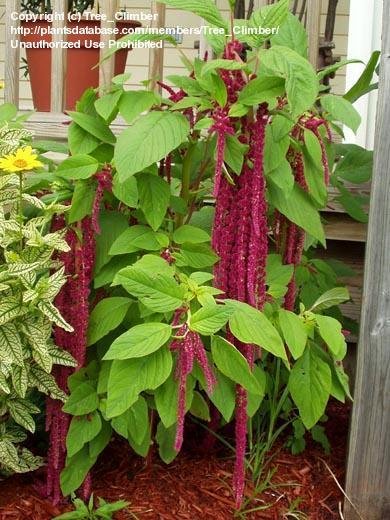 Love-Lies-Bleeding (Amaranthus)
Love-Lies-Bleeding (Amaranthus)
This wonderful plant is the single best grower in my early summer garden and comes in many varieties. There is a rustic feel to the plants and many people plant them in back borders to hide the leaves from public view. The flowers have mostly long hanging tassels that are stunning in the garden and really stand out from the crowd and scream come out and see me! Thank you to Tree_Climber for the image.
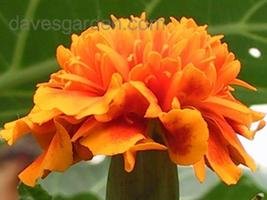 Marigold (Tagetes)
Marigold (Tagetes)
This is the single most classic and user friendly plant to grow in the garden. With types from a few inches to a few feet tall, you can find space for this plant in any garden. They are great for filler and will bloom in shade but will grow best in full sun with plenty of water. This plant is best if deadheaded to keep the flowers blooming. Thank you to Chamma for the image.
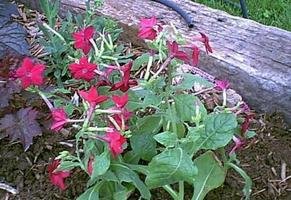 Nicotiana
Nicotiana
This is the plant that, when it starts in the garden, will not stop for time to come. Once this plant loves your garden, it will grow in both sun and shade, and will freely reseed itself all over the garden. With the tubular like flowers these plants are loved by many butterflies. Thank you to mystic for the image.
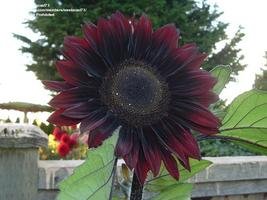 Sunflower (Helianthus annus)
Sunflower (Helianthus annus)
This is a staple in my garden. The tall flowers no longer come in simple yellow heads! The reds, browns, oranges, white, and yellow-toned flowers are perfect for the back or borders and to build in shade for those plants that need a little extra help in the summer heat. They need to be deadheaded or you will have millions of little sunflowers in your garden next year. Thank you to westocast73 for the image.
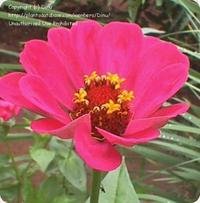 Zinnia
Zinnia
This simple garden flower will bring the best show and color and will feed butterflies in the summer garden. They sow themselves freely in warmer gardens, and they are a welcome sight for most gardeners. They are simple to grow and love to be in almost any soil. Just give them full sun and they will be the sharp flowers that crown your summer garden. Thank you to Dinu for the image.
Copyright © www.100flowers.win Botanic Garden All Rights Reserved